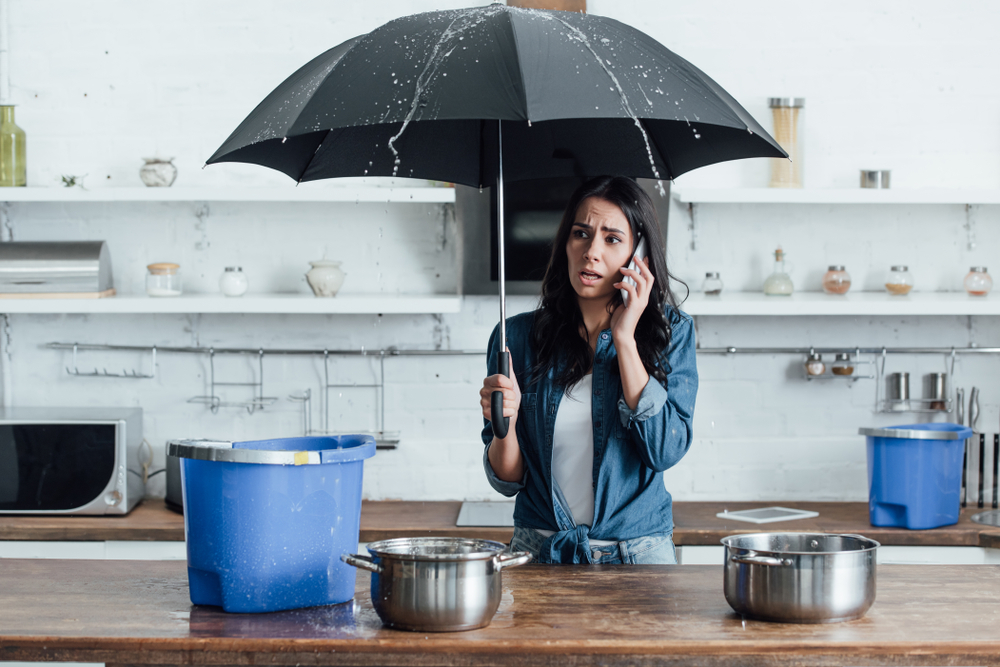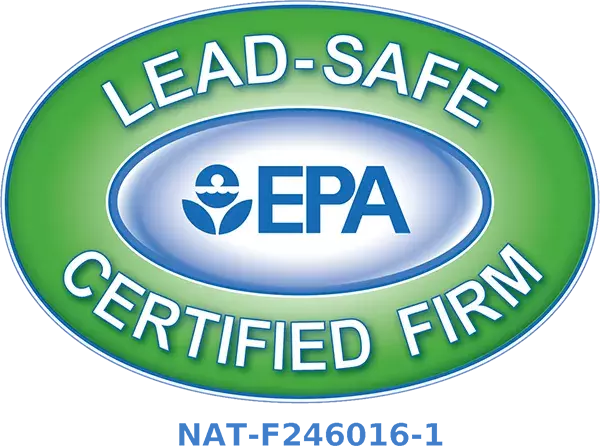The potential for water damage to your home goes beyond catastrophic flooding, though with increased climate changes, that continues to escalate in risk too. Damages caused by flooding create a $10 billion loss each year.
With the stakes so high and the chances for floods increasing, it’s a good idea to know how to prepare for the possibility of water damage to your home. Taking pre-action can make all the difference in minimizing damages and make everything easier to deal with should disaster strike.
#1 Clean Your Gutters
People tend to forget those little tracks up on your roof have a pretty significant function. They protect your home from heavy rainfall. As the weather changes, your gutters can collect debris such as twigs, leaves, birds’ nests, and even firework trash.
If your gutters are clogged, they can’t function properly. This means that your home’s defense is vulnerable to defeat. Twice a year, it’s a good idea to get up on a ladder and thoroughly clean your gutter system. Fortunately, this usually only requires a ladder, a bucket, and some type of bristle brush.
#2 Maintain Downspouts
Gutters and downspouts go hand-in-hand, but they don’t require the exact same care. While your gutter system empties into your downspouts, their job is to carry water away from your house. This water routing mechanism does need cleaning when you also clean your gutters, but it could require extra care.
Downspouts risk damage from getting kinked or bent, especially from a lawn mower getting too close. Another indicator that these features aren’t working properly is pooled water during heavy rain. Fix or replace bent, broken, or kinked downspouts, and consider extending or burying downspouts where water pools.
#3 Re-Caulk Where Needed
Water damage doesn’t only come from floods. Heavy rains, broken appliances, and damaged features of your home can all result in flooding. A key component of preparing for water damage is ongoing inspection and maintenance.
Inspect your windows and the seals around your doors. If you notice moisture collecting, pooling, or cracks in the paint or seals, then you’ll need to replace the caulking. This doesn’t have to be an expensive or in-depth repair, but failure to do so can result in long-term water damage.
Making time for routine maintenance will help you stay prepared for the possibility of water damage. During your inspections, it might be best to hire an expert professional in water damage restoration solutions if you notice long-term water damage. They will not only be able to repair the damages you’ve already sustained, but they will also be able to guide you through the steps that you should take to prevent further damage in the future, therefore keeping your property best protected.


